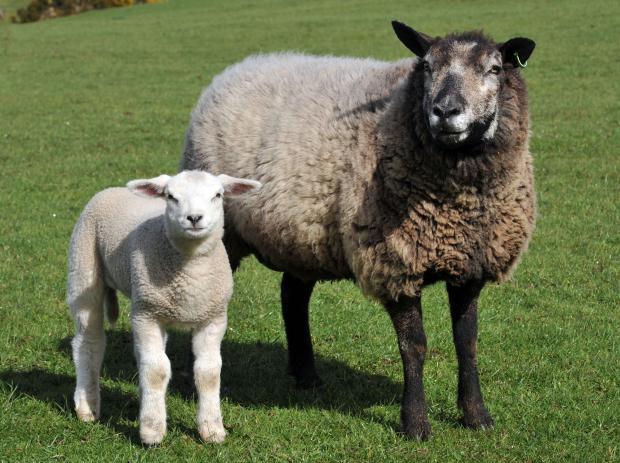Farmers warned over Nematodirus worm infection

Call to consult vets at first sign of trouble
Sheep farmers have been warned that this is the peak risk period for Nematodirus worm infection in young lambs and to consult their vets at the earliest possible opportunity if there is a problem.
The Agri-Food and Biosciences Institute (AFBI) said infection results from the ingestion of large numbers of infective worm larvae present on contaminated pasture, with lambs grazing the same pasture in the previous year the source of this contamination.
For Nematodirus eggs to hatch they must experience a period of cold weather followed by warmer conditions. These conditions are usually achieved during the winter and spring of each year.
Eggs passed out by lambs in 2020 will generally have remained unhatched on the ground over the winter season and siven suitable conditions of moisture and temperature, eggs will undergo mass hatching in the spring of 2021, resulting in a high risk of infection.
Using a forecasting system based on climate data, staff at the Institute have predicted peak hatching will take place during first and second week of April 2021.

Nematodirus normally only affects lambs between 6 and 12 weeks of age and clinical signs usually appear two weeks after ingestion of large numbers of larvae. Affected lambs develop profuse scour and can die rapidly.
Farmers should be aware that Nematodirus infection can be confused with coccidiosis, another disease which causes severe scour in young lambs, with vets the forst port of call for accurate diagnosis and treatment recommendation.
Nematodirus disease can be avoided or reduced in lambs by:
- not grazing lambs on the same fields as those grazed by lambs of a similar age last year.
- using anthelmintic drenches every 2 to 4 weeks. The interval between doses depends both on the particular anthelmintic used and the severity of infection. To date, only limited evidence has been found of drug resistance in Nematodirus to any of the available classes of anthelmintic.
AFBI’s Veterinary Sciences Division can test faeces samples from sheep or cattle to determine the level of worm eggs present. A minimum of 5 grams of faeces from each animal is required for this test.







